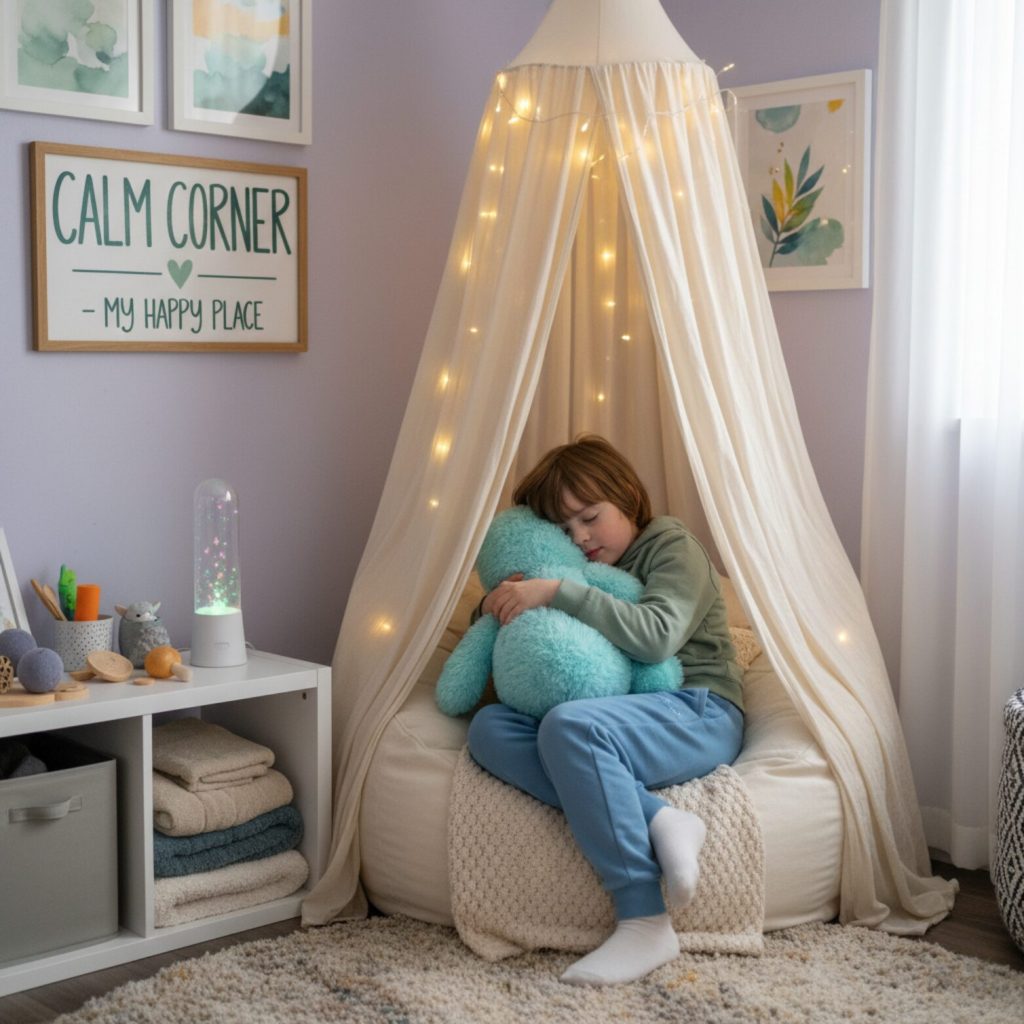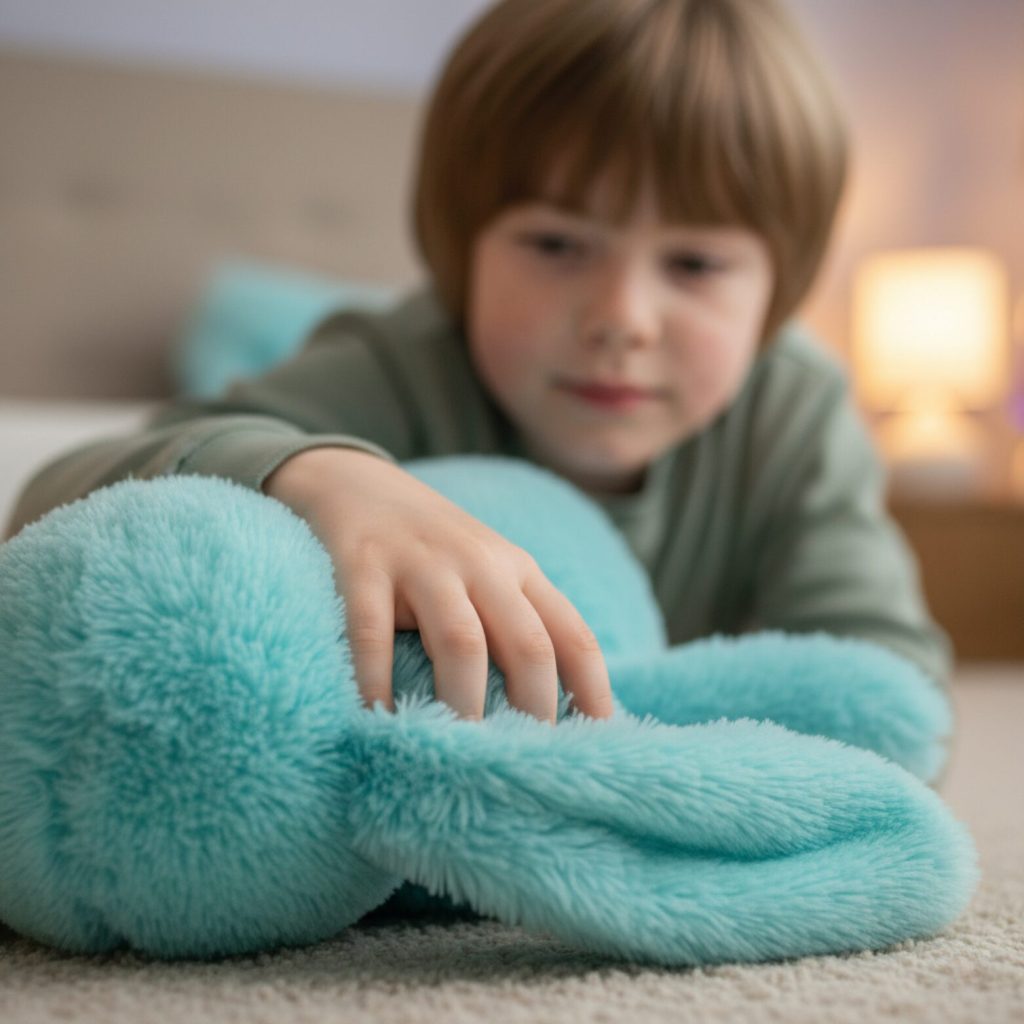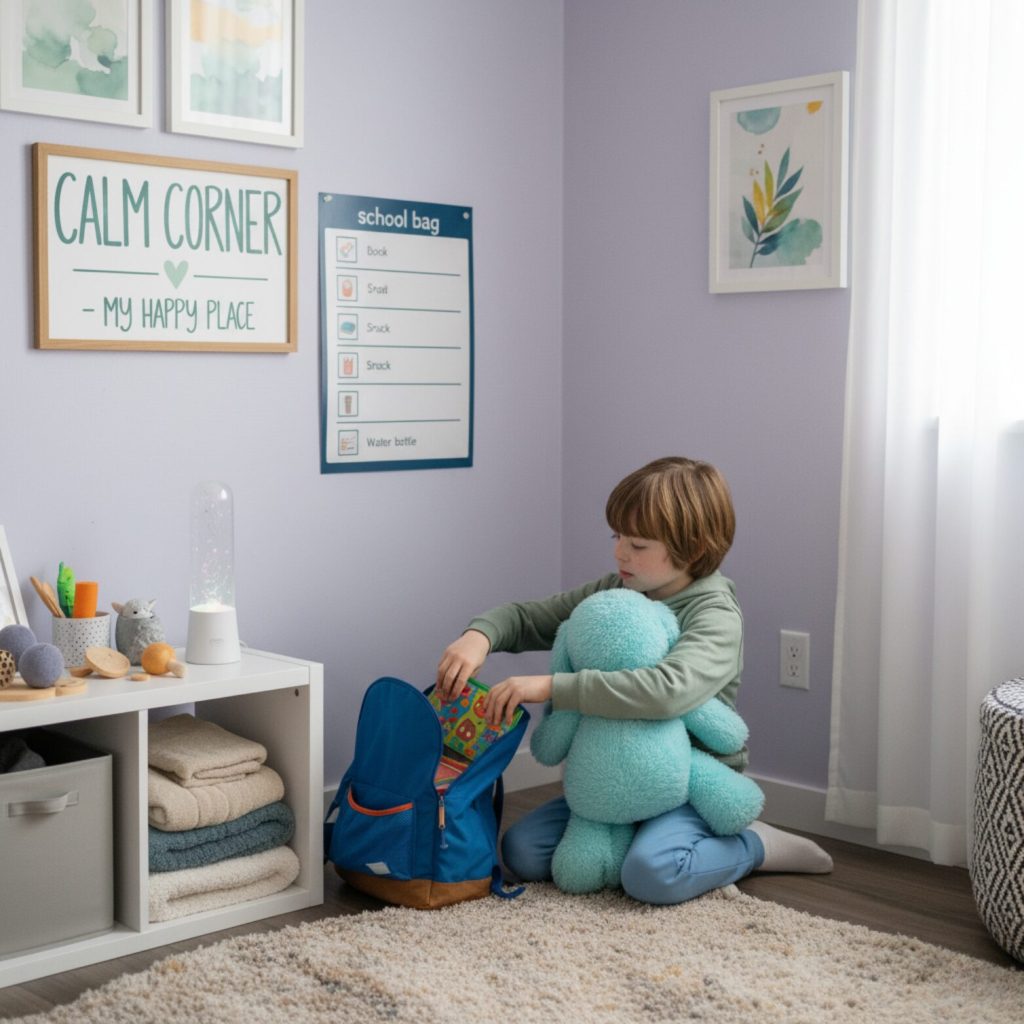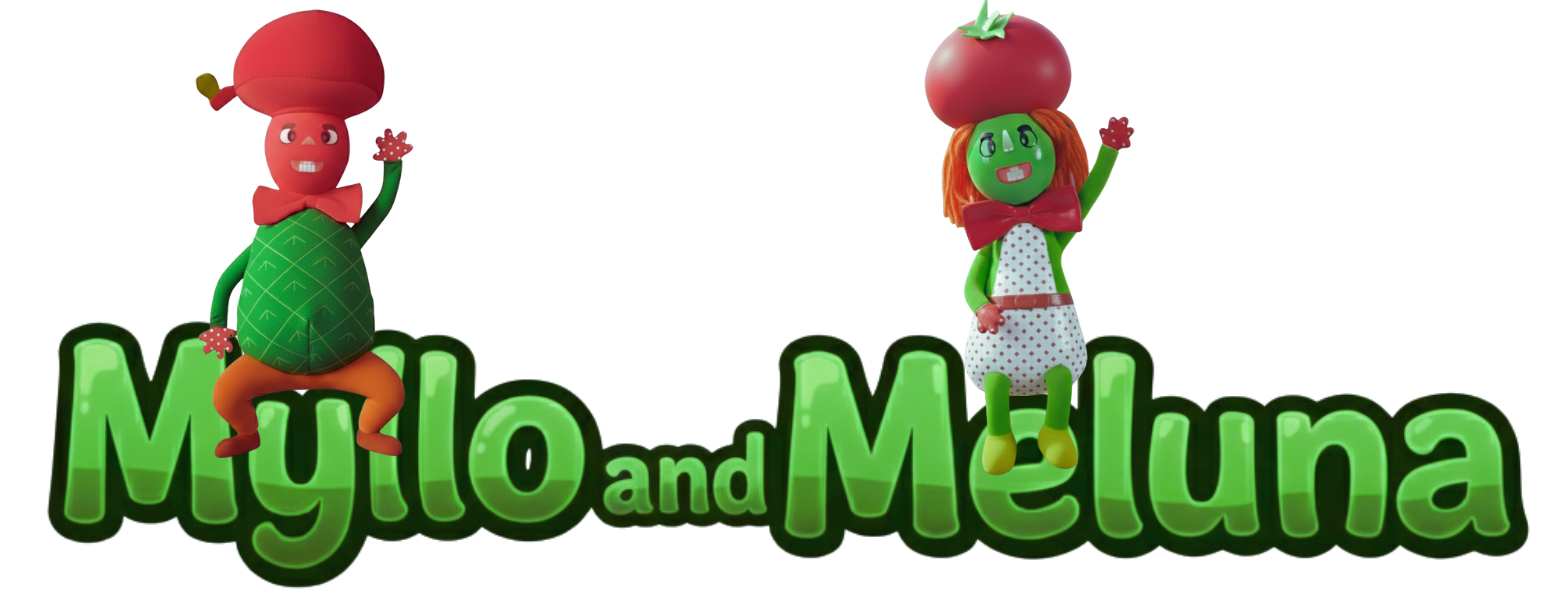Introduction
Sometimes the world can feel too loud, too bright or too busy for children on the autism spectrum. When that happens, a soft friend in your child’s arms can make a big difference. Plush toys are not just toys. They offer comfort, safety and help your child to feel steady when things change. This article explores how plush toys can support autistic children aged three and up, how you can use them in everyday life, and what the research tells us so you feel confident. Most plush toys are designed for children aged three and up, but toddlers can also enjoy them safely with close supervision from an adult.

Why Plush Toys Can Help
Children with autism often face strong sensory input, routine changes or social moments that feel hard. A soft toy gives:
- Comfort and safety: The texture and familiar presence of a plush toy can soothe. Research shows stuffed animals offer comfort and a sense of security. Counselling Directory+2Autism Parenting Magazine+2
- Predictability: Plush toys don’t change. They stay the same size, shape and feel. That matters when children like routine and sameness. Acclimate ABA Therapy
- Sensory regulation: Weighted plush toys or ones with soft textures provide deep-pressure and tactile input, which can help calm the nervous system. Autism Parenting Magazine+1
- Play and communication support: Toys can help a child express feelings or practise social moments in a safe way. Research on toy play in children with autism shows symbolic and imaginative play supports language and communication. PMC+1
While plush toys are not a treatment on their own, they form a helpful piece in a wider support system for autistic children. PMC+1
Everyday Ways to Use Plush Toys
Calm Moments
Create a quiet zone in your home. Let your child pick their soft toy and sit beside them while they hug it, breathe slowly, or just rest. The plush friend is there for company.

Routines
Toys can help everyday routines feel easier:
- Your child picks their toy and gets dressed together.
- The toy lies down next to your child at bedtime, so it shows “lights out means rest”.
- When getting ready for school or nursery, the toy “checks” the bag with them.
New Places and Outings
Busy or new environments can feel worrying. A small plush toy tucked into a bag or pocket can act as a familiar anchor. Your child can hold it when waiting, travelling or moving between places.
Play Ideas That Teach Gently
Feelings Practice
Use the plush toy to help name feelings. For example:
- “Teddy feels sad today. What can we do to help?”
- “Bunny is proud. What made her proud?”
This lets children explore feelings in a safe way through their toy, which can build understanding.
Turn-Taking and Sharing
In play sessions, let the toy have a turn, then the child, then you. It can help children learn patience and social sharing in a low-pressure setting.
Sensory-Friendly Play
Let your child explore texture and weight. Some toys are lightly weighted for that deep pressure comfort that many autistic children find helpful. Others might be ultra-soft for soothing stroking. Let your child choose what feels best.

Choosing the Right Plush Toy
When selecting a toy for an autistic child aged 3 and up, keep these in mind:
- Choose a size that fits your child comfortably.
- Pick fabrics that your child likes on their skin—no rough textures if they avoid them.
- Consider washable toys because they will go everywhere.
- If weighted, ensure weight is appropriate and always under supervision.
- Avoid loose parts or features that might be distracting or removed easily.
Safety and Care
Soft toys work hard. They are comfort tools and travel companions. So:
- Wash regularly, especially if the toy goes to nursery or school.
- Check seams, eyes and fabrics often for wear.
- Have a backup soft toy if the main one is damaged or lost, it reduces anxiety.
- Make sure the toy fits the school or nursery rules and is safe in all settings.
- Always check the label for the recommended age range, and supervise younger toddlers to make sure the toy stays safe and comforting.
School and Nursery Tips
Plush toys can be welcomed in educational settings with the right plan:
- Talk to the teacher or nursery staff about the toy’s role.
- Create a “calm corner” at school where the toy can rest or be used.
- Make clear times for the toy: perhaps during quiet work or after a stressful activity.
This helps your child to feel supported outside the home.

When a Child Prefers Something Else
Not every autistic child will prefer a plush toy, and that’s fine. Some may gravitate to blankets, pillows, smooth stones or other comfort items. The key is finding what works for them. Respect their choice, follow their lead and support what they use.
Conclusion
Soft toys may seem simple, but for autistic children aged three and up, they can carry deep meaning. They offer comfort, routine and a channel for feelings and play. Using them thoughtfully can help your child feel safer, calmer and more connected. Remember: every child is unique. The way a plush toy helps will be just as unique. That makes it all the more special.
FAQs
1. Do all autistic children benefit from plush toys?
No. Some children prefer other items for comfort. A plush toy is one option among many. What matters most is what makes your child feel safe and supported.
2. How many plush toys should a child bring to school?
One small, familiar plush toy is often enough. Too many may become a distraction. Check with your child’s school or nursery for their policy.
3. What if my child becomes upset when the plush toy is washed?
Try making washing a gentle routine. Explain what happens, let your child help, and provide a similar backup toy while their favourite is being cleaned.
4. Are weighted plush toys safe for younger children?
They can be if used correctly. Choose a weight appropriate for the child’s size, ensure toys are supervised, and check for any school rules regarding weighted items.
5. What should I do if the toy gets lost or breaks?
Have a backup comfort object ready. Talk with your child about how their comfort friend can be fixed or replaced and involve them in the process so they feel prepared.
